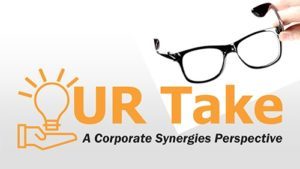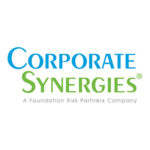
As healthcare costs continue to rise for employers and plan participants, healthcare consumerism and benefits literacy education remain an important tool in managing these costs. High-deductible health plans (HDHPs) intend to encourage enrollee engagement in their healthcare choices and a new survey supports its effectiveness. A recent study shows that HDHPs promoted cost-conscious behavior and participants in an HDHP were more likely to compare prices for medical care.
HDHPs, with their lower monthly premiums but higher deductibles, are designed to encourage participants to shop around and compare provider prices since participants are initially paying more out of pocket for services. The HDHP category also includes the increasingly more popular consumer-driven health plans (CDHPs). CDHPs are HDHPs with a health savings account (HSA) or similar account that allows participants to pay for a portion of expenses with pre-tax dollars. Enrollment in CDHPs and HDHPs has steadily increased since 2005 and reached 31 percent of plan enrollees in 2021.1
According to the Employee Benefit Research Institute’s 2021 Consumer Engagement in Health Care Survey, enrollees in an HDHP were more likely than those with traditional coverage to say that they had:
- Checked whether health insurance would cover care or medications (50 percent HDHP vs. 39 percent traditional).
- Checked the quality rating of a doctor or hospital before receiving care (38 percent HDHP vs. 32 percent traditional).
- Checked the price of doctor’s visits, medication, or other services before receiving care (36 percent HDHP vs. 30 percent traditional).
- Talked to their doctors about other treatment options and costs (33 percent HDHP vs. 27 percent traditional).
- Asked for a generic drug instead of a brand name (38 percent HDHP vs. 28 percent traditional).
These behaviors are likely to reduce costs for the enrollee and claims costs for the employer. While this is positive news, the survey also highlighted key challenges for employers to consider when offering these plans. These challenges related to education and awareness.
Of participants enrolled in a traditional plan with a choice of plans, one-third did not know if an HDHP was even offered.2 Education is often the biggest challenge when introducing and encouraging migration to new plan offerings, particularly HDHPs and CDHPs which remain unfamiliar to many employees.
Employee education and HDHPs can promote cost-conscious behavior.
This need for education extends to HSAs as well, which are often paired with HDHPs. Most enrollees of both plans failed an HSA quiz, though HDHP enrollees fared significantly better.3 This lack of awareness may extend to other aspects of insurance use as well. Frequent and thorough employee communication, not just around open enrollment, is essential.
While satisfaction with HDHPs was initially lower than traditional plans, likely a bit of sticker shock as they pay out of pocket for prescriptions and office visits, it improved with experience. As enrollees learned to navigate their plans and the healthcare system more effectively, satisfaction increased through the first three years and beyond. It’s likely that the clearer view into enrollee healthcare costs provided by the HDHP encouraged their improved plan use and cost-conscious behaviors over time.
For employers looking to offer HDHPs, these data points provide important encouragement while identifying education and communication as essential aspects of success when introducing and managing HDHPs.
1 Employee Benefit Research Institute, “2021 Consumer Engagement in Health Care Survey”
2 Employee Benefit Research Institute, “2021 Consumer Engagement in Health Care Survey”
3 Employee Benefit Research Institute, “2021 Consumer Engagement in Health Care Survey”





